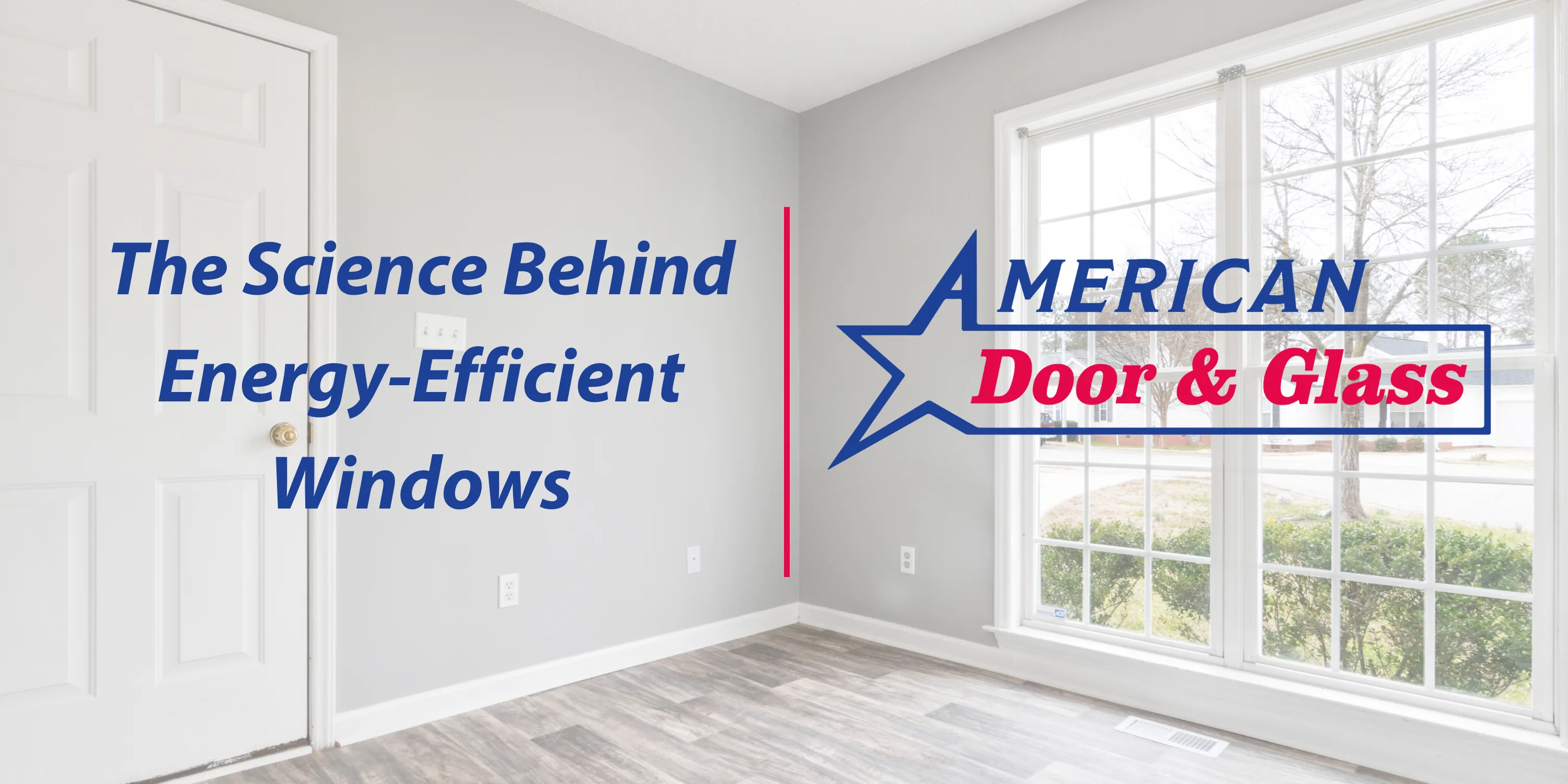Energy-efficient windows are more than just a home improvement trend—they are a scientifically engineered solution designed to reduce heat transfer, lower energy costs, and improve indoor comfort. By utilizing advanced glass technology, coatings, and insulation techniques, these windows help homeowners and businesses save money while maintaining a comfortable living environment year-round. In this article, we’ll explore the science behind energy-efficient windows, how they work, and why they are a smart investment.
Understanding Heat Transfer in Windows
Traditional windows allow a significant amount of heat to pass through, which can make homes too warm in the summer and too cold in the winter. This is due to three main types of heat transfer:
- Conduction: Heat moves directly through the window material, especially in single-pane glass.
- Convection: Warm air inside a home rises and cool air sinks, creating temperature imbalances near windows.
- Radiation: Sunlight enters through windows, heating indoor spaces and increasing the need for air conditioning.
Energy-efficient windows combat these heat transfer processes through advanced insulation techniques.
How Low-E Glass Enhances Efficiency
Low-E (low-emissivity) glass is one of the most critical components of energy-efficient windows. It has a microscopic coating of metallic oxides that reflects infrared heat while still allowing natural light to pass through.
- In winter, Low-E glass reflects heat back inside, reducing the need for excessive heating.
- In summer, it minimizes heat gain by reflecting sunlight, keeping interiors cooler.
Learn more about Low-E coatings from the U.S. Department of Energy.
The Role of Insulated Glass Units (IGUs)
Unlike traditional single-pane windows, energy-efficient windows often use Insulated Glass Units (IGUs), which consist of two or more panes of glass separated by a spacer and filled with inert gas.
Benefits of IGUs:
- Better Insulation: The space between the panes reduces heat transfer.
- Gas Fills: Argon or krypton gas is often used to increase insulation and minimize heat loss.
- Sealed Construction: Prevents moisture buildup and fogging between panes.
These multi-pane windows significantly improve energy efficiency compared to single-pane alternatives.
How Window Frames Affect Efficiency
The type of frame surrounding the glass also plays a role in a window’s energy performance. Some of the most efficient materials include:
- Vinyl Frames: Low maintenance and excellent insulation properties.
- Fiberglass Frames: Strong and resistant to weather-related expansion and contraction.
- Wood Frames: Naturally insulating but require maintenance to prevent warping.
- Composite Frames: A blend of materials designed for maximum durability and efficiency.
Energy Savings and Long-Term Benefits
According to Energy Star, homeowners who replace single-pane windows with energy-efficient models can save up to $465 per year on heating and cooling costs. These windows also help reduce carbon emissions, making them a sustainable choice for environmentally conscious homeowners.
Upgrade to Energy-Efficient Windows with American Door & Glass
If you’re ready to improve your home’s insulation, lower energy costs, and increase comfort, American Door & Glass provides high-quality, energy-efficient window solutions. Our expert team will help you select the best options for your needs and ensure professional installation for maximum performance.
Contact us today to learn more about how energy-efficient windows can transform your home.





